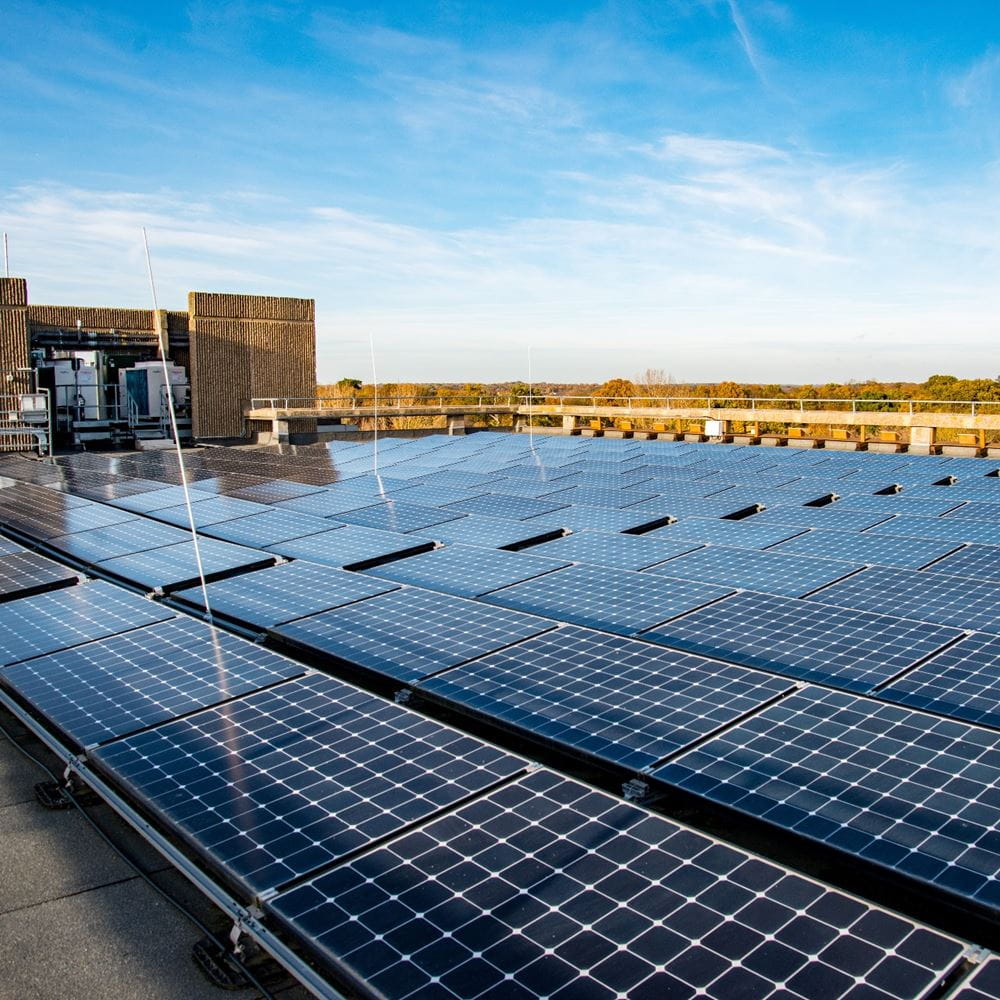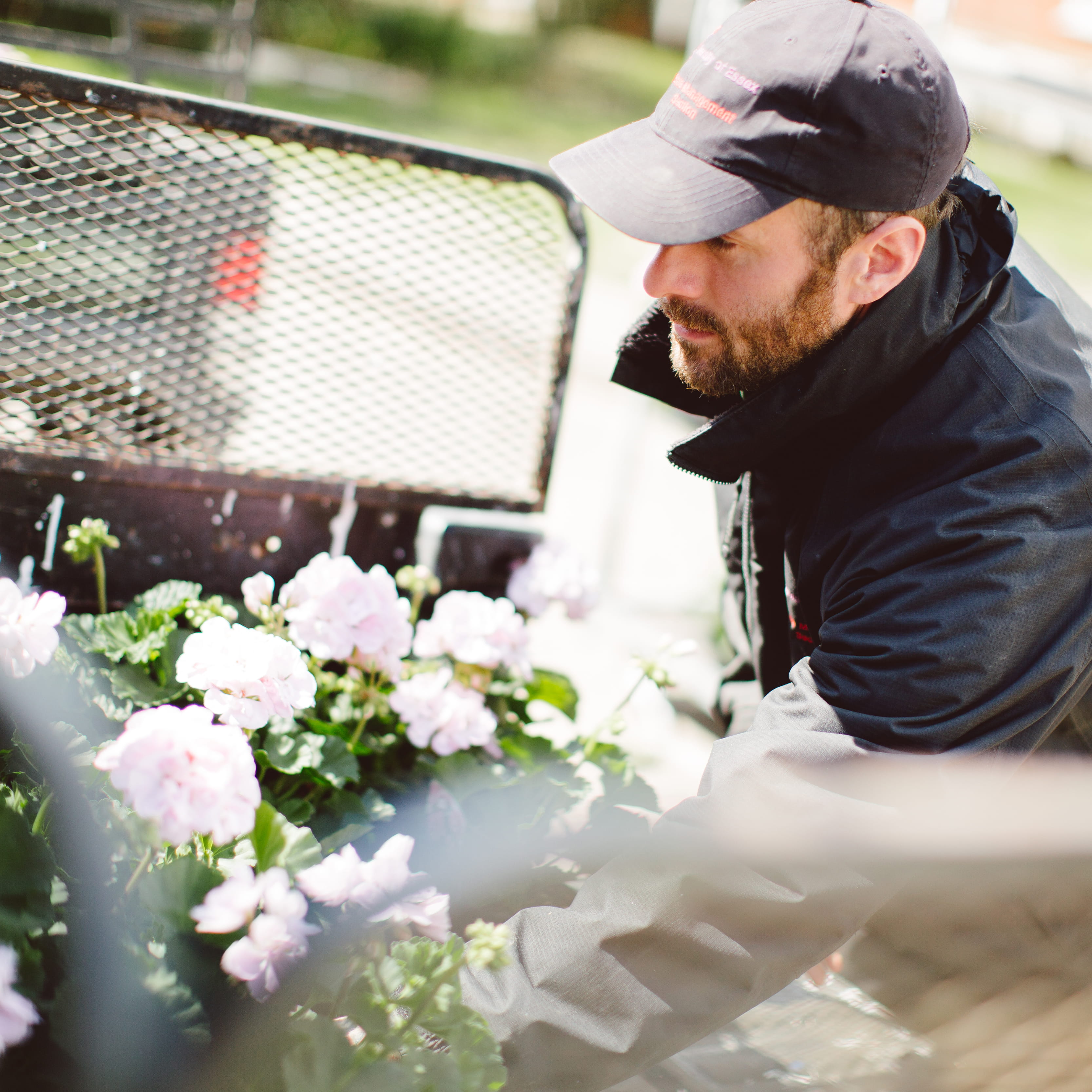Managing our energy in a cost of living crisis

None of us are immune from the cost-of-living crisis. From fuel to food, the cost of everything is going up. Many of us are already pledging not to turn the heating on this year and are investigating cheaper ways to stay warm over winter.
But how does the current crisis effect our University buildings and spaces?
Nimish Shah, our new Head of Energy and Carbon reduction, says that the University’s energy bills could increase by as much as £10m per year.
He said: “The University is not immune from energy price increases. We secured a fixed low rate for our energy bills two years ago, while the market was still stable and prices were low, but once that rate ends, in 2024, we will be facing significant increases.”
Unsurprisingly, the Sustainability and Estates teams are working hard to ensure we manage our energy consumption across our three-campus estate while striving to meet our net zero carbon emissions target by 2035.
They are planning a series of trials with occupancy sensors in buildings to switch off heating and lighting when the space is unoccupied. Movement sensors have already been installed in many corridors to ensure they are only lit while in use. This sort of technology will become increasingly important as we move to more flexible working and shared work hubs. But, for those working in traditional office spaces, it is still really important to turn off the lights at the end of the day or when the room is unoccupied.
And it isn’t just heating they are tackling; teaching spaces like Causeway Teaching Centre use ‘comfort cooling’ air conditioners to automatically switch between heating and cooling in the building, but there are significant energy savings to be made by optimising the heating and cooling setpoint (the temperature at which the system maintains heating or cooling).
Also on the list of work to do is improving the fabric of our buildings through insulation and double glazing. Nimish explained: “In terms of buildings, the University has everything from a carbon neutral business school to our 1960s estate that has lots of concrete and glass and is poorly insulated. There isn’t a single approach to improving our buildings; they all present their own challenges.” The strategy is a ‘whole building approach’ to develop a Heat Decarbonisation Plan (HDP), identifying measures to improve the thermal performance of our existing buildings to reduce heat demand together with other measures to reduce electricity demand. The HDP will prioritise on-site low carbon technologies and electrification to facilitate the replacement of fossil fuel (gas) reliant systems.
The University has set a target to reach net zero carbon emissions by 2035 and decarbonising the energy we use is also an important part of this far-reaching agenda. The University predominately uses gas to heat spaces, but, with the decarbonising of the electricity grid, it makes sense to move away from gas. Installing solar photovoltaic panels (PV) across our eligible roofs has already proved to be a cost-effective approach to reducing our reliance on energy imports. Panels have already been installed on many of our roofs, enabling the University to cover 5% of its electricity needs. In the next three years, we plan to install solar photovoltaics on the remaining eligible roofs to meet an additional 10% of our electricity requirements.
These energy saving measures and on-site renewables will reduce the impact of high energy price rises and support our transition to net zero by 2035. While our Sustainability and Estates teams are working hard on our infrastructure, it is still vital that every one of us does our bit to cut energy waste:
- always turn the lights off if you’re the last to leave or if your office will be empty for a while
- the same rule applies to other electrical devices such as projectors and your PC — turn it off when you’re not using it for an extended period, or at the end of every day
- wear a jumper — when it's cold outside, we should all be wearing warmer clothes rather than turning the heating up
